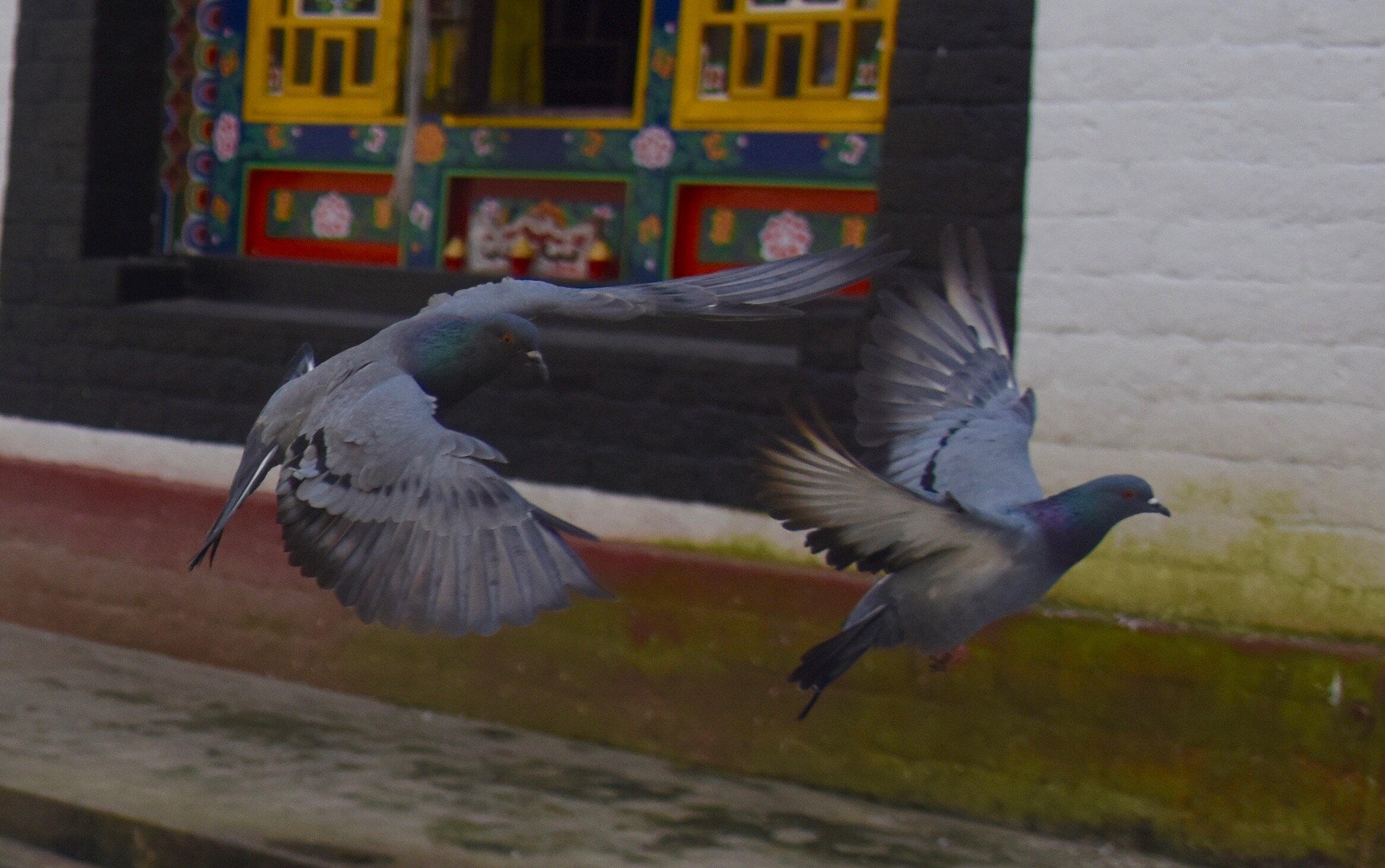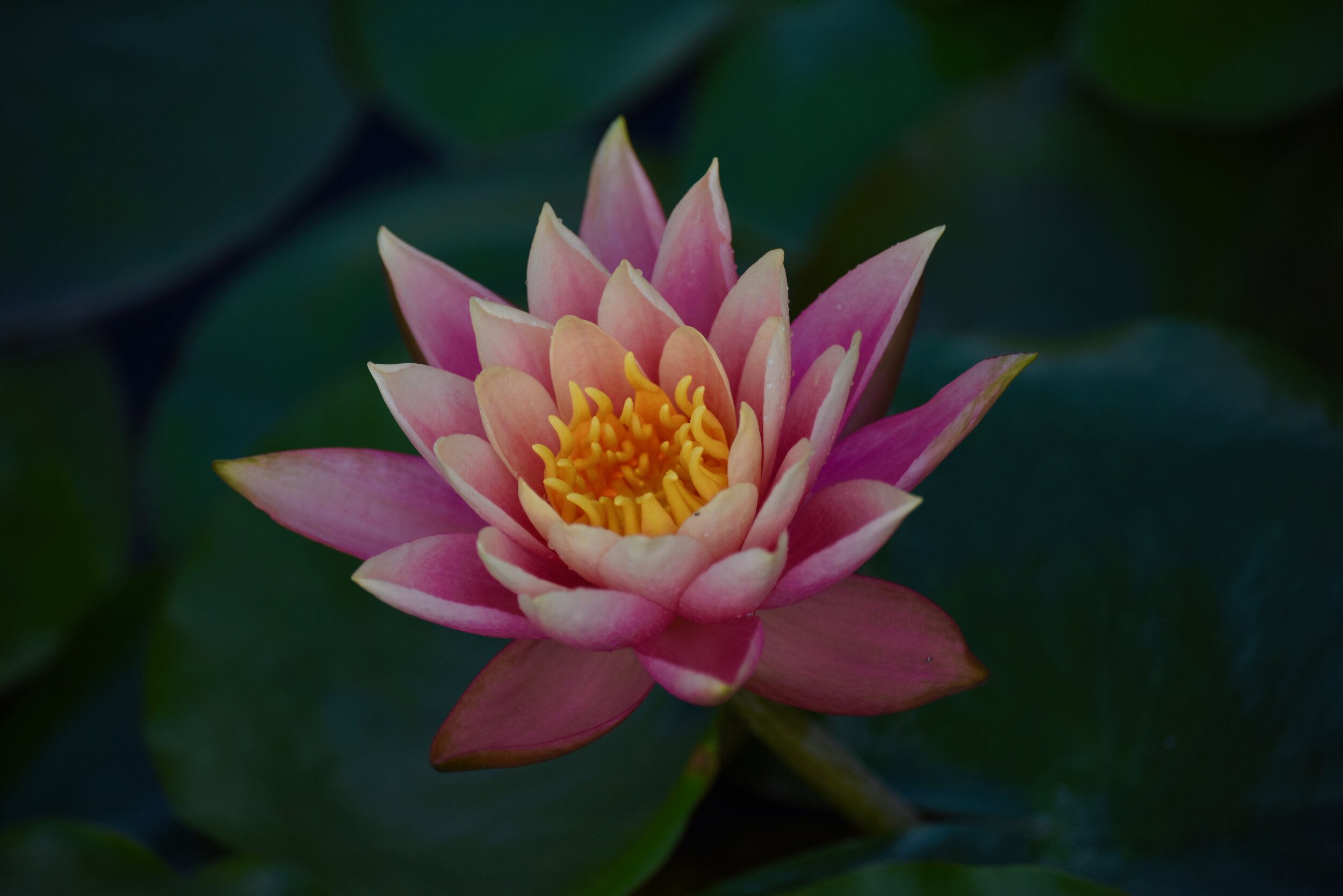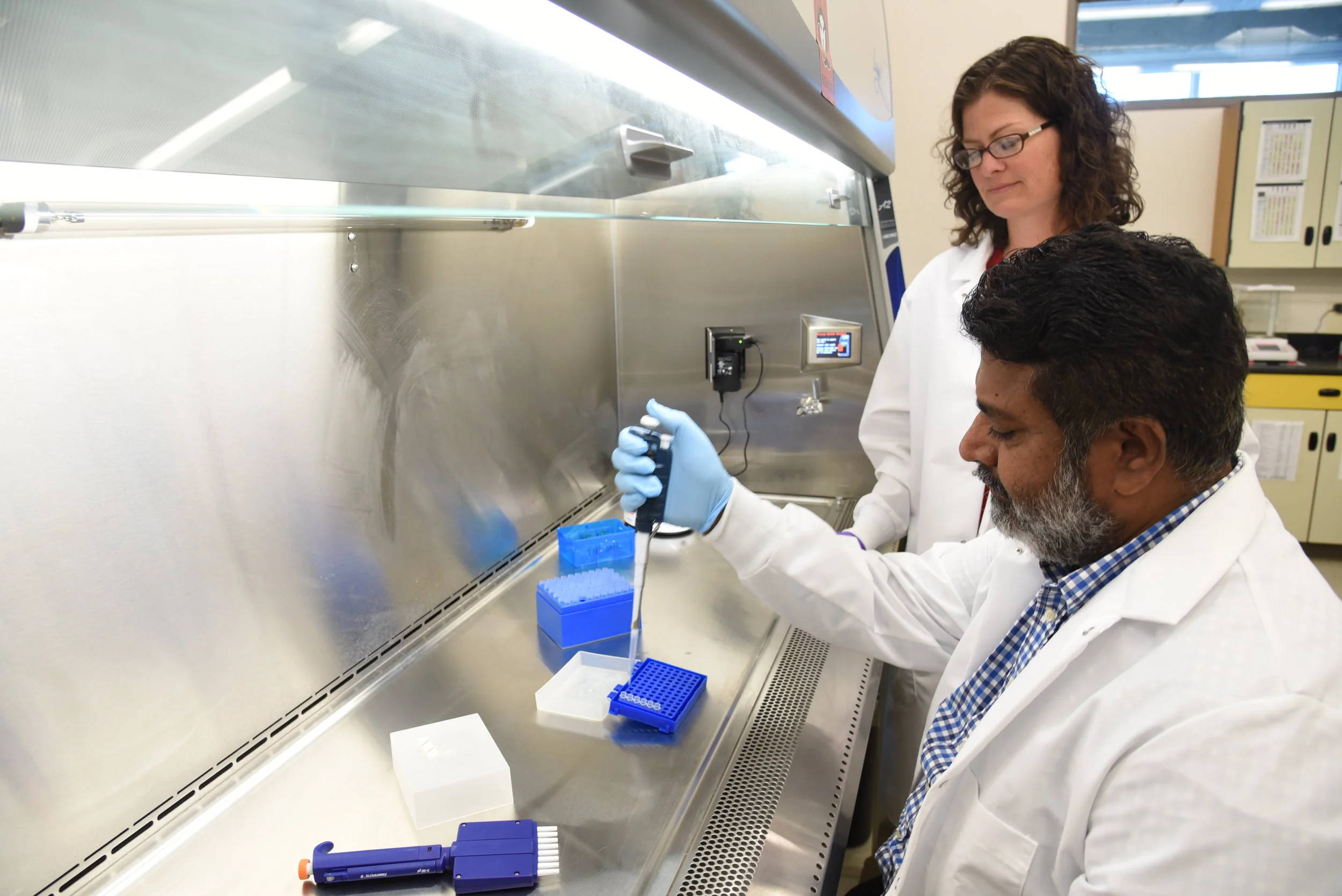Everyone has a story... /
Shubham Kumar, New Delhi, India,
New Delhi in June is not the most pleasant place to be a traveler. The summer monsoon is settling in, and the temperatures can soar to over 115 degrees F. This summer I found myself roaming these hot and humid streets on a layover awaiting a flight into the Himalayas.
My favorite sites in Delhi are all in the Old Quarter, with its wood frame Mughal architecture, open markets, and rich vibe of history and happenings. In front of the iconic old Red Fort I came to meet a young pedal rickshaw driver named Shubham Kumar. His pitch on taking me for a rickshaw tour sounded pretty good given the oppressive heat.
For the next half hour I came to know Shubham. “My name is closely associated with the powers of Lord Shiva,” he informs me. “Very auspicious. My parents must have been very proud.” I became fascinated with this inside view Shubham was offering of a young man making his way in the tumultuous and changing world of urban India. I asked Shubham of his hopes and aspirations—his dreams. “One day I will marry, and buy my parents a house. That would make me very happy. Which is the point of a good life. No?”
While slowly winding through the narrow alleys of the Old Quarter, swaying to the rhythms of Shubham’s pedaling, I was reminded of how everyone has a story to tell. I have worked with large corporations and small non-profits, prominent individuals and aspiring students, and each person I meet is creating a story. It is part of our humanity: to add one small stroke onto the larger canvas of life’s unfolding…
Telling the Stories of Science /
In 2017 I spent several months working with an interdisciplinary group of scientists, engineers, and physicians at the University of Utah. The team was working to create a research center on campus with the goal of developing new technologies, systems, and ideas to address the world’s mounting water security challenges. Today one out of five deaths around the world is somehow related to water scarcity, hygiene, or sanitation. This group at the U was focused on doing something about that.
My task was to help create a set of images and stories that translated the often complex nature of scientific research into human terms. Engineering and science are decidedly left brain functions, while human emotions thrive on images and stories. The challenge of the project was to humanize the science—tell the stories of the people, their motivations and aspirations, and what their efforts could mean in terms of longer and healthier lives.
For most of us scientific research is an abstraction. We have an image of Einstein’s wild hair, or a movie we have seen, or a memory of bunsen burners and test tubes from high school. It is a sociological maxim that we care most about what we understand. To this avail, scientists need to become more adept at communicating their work, and the importance of the investments being made in research and innovation.
The group I worked with at the University of Utah is developing methods of tracking and containing the emerging threat of antibiotic resistant bacteria in water; innovating new technologies for portable water purification systems that could benefit remote communities; and creating new sanitation systems for underserved villages in Africa. It is vital for work like this to be understood and appreciated.
The lesson I took away from this project was the importance of forming an alliance between people working with different hemispheres of the brain. Today more than ever we need a healthy marriage between science and the humanities. The solutions to many of the challenges facing us in the future may depend on it.














